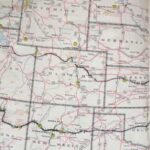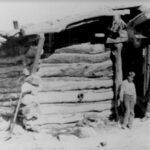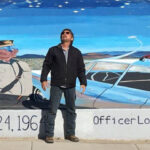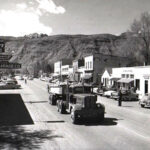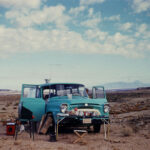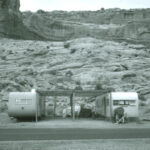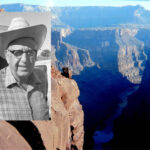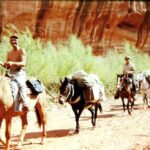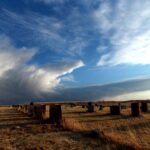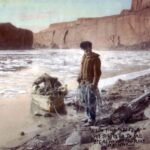
On January 6, 1931, as darkness fell over northern Arizona, veteran explorer John Wetherill and his young companion, Henry Martin “Pat” Flattum, huddled by their campfire in the depths of Glen Canyon of the Colorado River. They had taken refuge from the biting wind in an alcove eroded into the base of a high sandstone cliff. The only sounds were the crackling of the fire, their soft conversation, and the “sh-sh-shush” of the drifting ice floes as they rubbed against the shore ice.
…Wetherill, who was sixty-four years old, seemed unperturbed by their difficulties. “Signs of many beaver on the river but no other animals until tonight, when we camped in a cave, where the Ringtail cat seems to have made its home. The canyon walls are getting lower,” he wrote.

